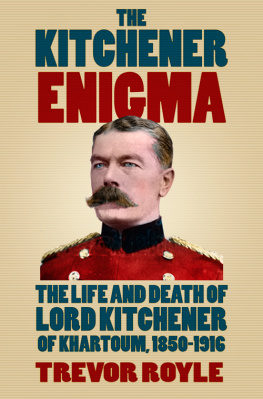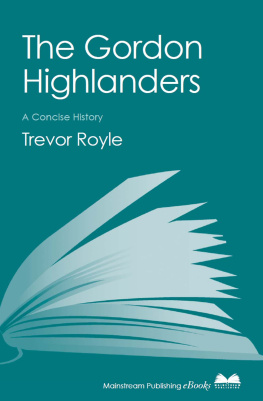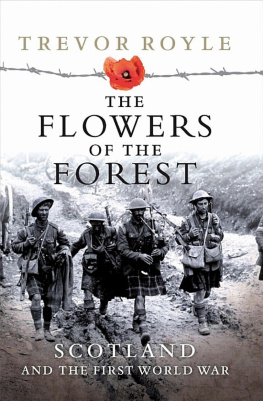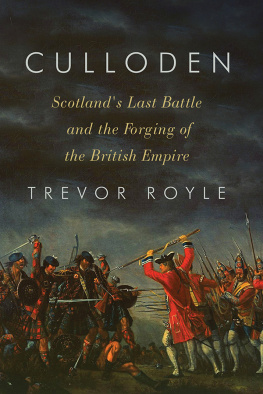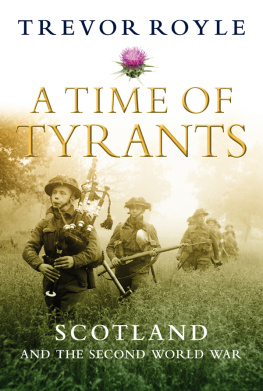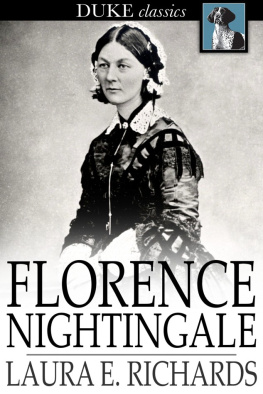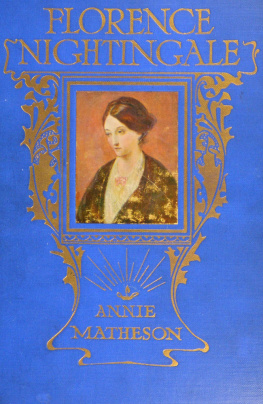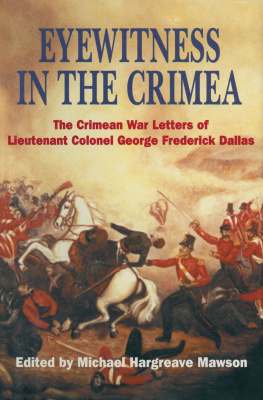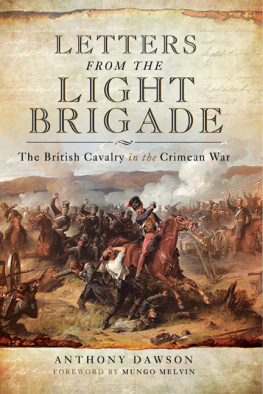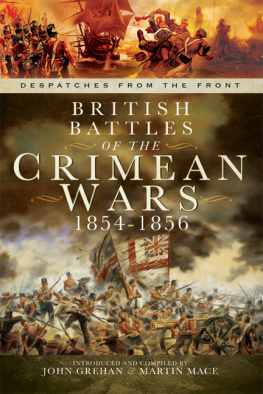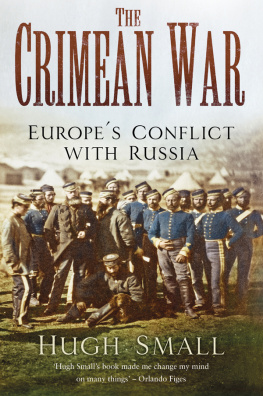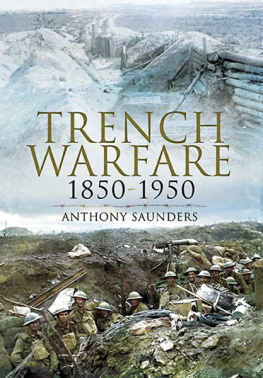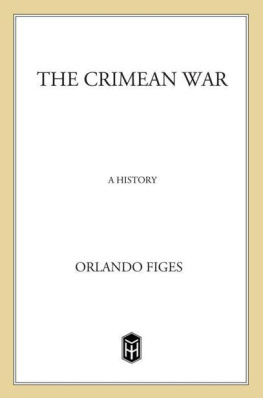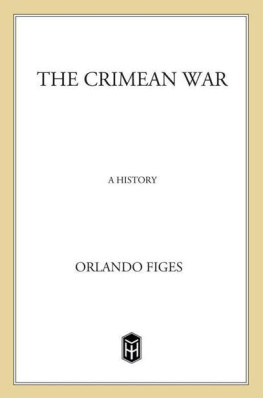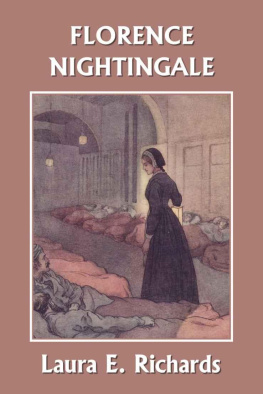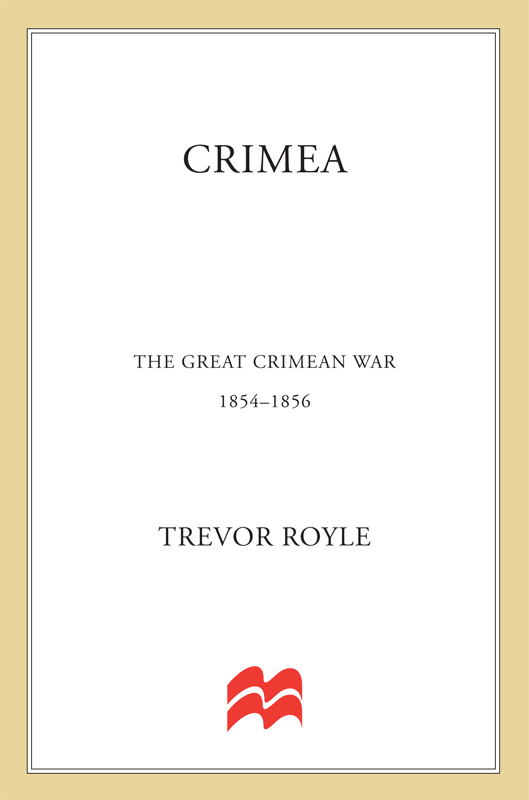Contents
Guide

The author and publisher have provided this e-book to you for your personal use only. You may not make this e-book publicly available in any way. Copyright infringement is against the law. If you believe the copy of this e-book you are reading infringes on the authors copyright, please notify the publisher at: us.macmillanusa.com/piracy.
Contents
Since the time of the Crimean War there have been changes in the spelling of Russian names and place names. Where these have been used in extracts from contemporary papers the mid-nineteenth usage has been kept, otherwise a modern spelling has been preferred. This refers in particular to Sevastopol (Sebastopol), Balaklava (Balaclava), Kronstadt (Cronstadt), Malakov (Malakoff), Orlov (Orloff), Gorchakov (Gorchakoff) and Kornilov (Korniloff).
The Crimean War is either one of historys bad jokes or one of the compulsive subjects of historical writing. Of the two extremes I prefer Correlli Barnetts description to that penned by Philip Guedalla in his study of the great French marshals: the Crimean War does provide grounds for obsession. It encompassed maladministration on a grand scale and human suffering, if not without parallel then at least minutely recorded by the watching war correspondents. Disaster marched hand in hand with heroism, the people of Britain and France stood appalled by the suffering of the men fighting in their name and, for the first time, showed that they cared. In fact it would be easy to write the story of the conflict as if it were simply a catalogue of blunders redeemed by basic human courage and a refusal to surrender to overwhelming odds.
There was, of course, much more to the war than that. The diplomatic initiatives which preceded it and ended it were confused and subject to unnecessary compromise; and like other wars it introduced technical changes which affected the future course of warfare. For all of the participants the war destroyed the long peace of 1815 and set in train the succession of European wars and power-struggles which dominated the second half of the nineteenth century. Also, by failing to solve the Eastern Question, in particular the assertion of Balkan nationalism, the war paved the way for the greater conflagration of 1914 which shaped the course of twentieth-century history. On that score alone the Crimean War is worth revisiting.
In recent years historians have argued that the conflict should be known more correctly as the war against Russia because it included naval campaigns in the Baltic and the Pacific. Although there is much to commend the idea, it is too late in the day to change such a well known title. In popular usage it is the Crimean War and it would only have become a global conflict if the United States had entered the war. As I hope I have shown, there is sufficient contemporary evidence to prove that this was not an impossibility.
Because the war has been discussed and documented so fully it would be invidious of me not to acknowledge the labours of previous historians. Of particular benefit to me has been the work of the following writers whose books are listed in the bibliography: Winfried Baumgart, C.L. Bazancourt, J.B. Conacher, J.S. Curtiss, R.L.V. ffrench-Blake, David M. Goldfrank, Brison D. Gooch, Alain Goutmann, Basil Greenhill and Ann Giffard, Christopher Hibbert, A.W. Kinglake, Andrew Lambert, Alan Palmer, Norman Rich, Ann Pottinger Saab, Paul Schroeder, Albert Seaton, John Sweetman, A.V. Tarle, Harold Temperley and Cecil Woodham-Smith.
For help with locating Russian documents I am grateful to the valuable suggestions made by Hugh Vinter. In Washington my good friend Jamie Dettmer provided excellent strategic support and I would like to thank Jennie Inman for all her sterling work in translating French documents and dealing with uncertain transcriptions. The staffs of the National Army Museum, the National Library of Scotland and the Public Record Office at Kew provided their usual professional assistance and advice and I am also grateful for similar help from the National Archives in Washington.
Friends and relations provided me with useful information about family archives relating to the campaign in the Crimea or made extensive loans of personal papers or letter books. In particular I wish to thank General Sir Michael Gow (whose regiment, the Scots Guards, served as the Scots Fusilier Guards in the Crimea), Major-General Jonathan Hall (whose regiment, the Royal Scots Dragoon Guards served as the Royal Scots Greys in the Crimea), my mother-in-law Angela Rathbone, and Gabriel and Lois Ronay.
Part of the book was written while I was a visiting fellow at the Institute for Advanced Studies in the Humanities at the University of Edinburgh. No writer could wish for a more stimulating or hospitable environment and I am grateful to the institutes director, Professor Peter Jones, for his ready support and good cheer. I also want to thank his assistants Anthea Taylor and Charis Stewart for making my stay such an enjoyable experience.
Once completed, the manuscript was read by Alan Palmer, the doyen of historians of the period, who offered many useful suggestions and some much needed corrections. I am grateful to him for his help and encouragement although it goes without saying that I alone am responsible for the published text. On that score, too, I could not have hoped for a wiser editor than the admirable John Bright-Holmes, without whose ministrations this would be a lesser book.
Trevor Royle
Autumn 1999
It was such a time of pleasure, of pride, of satisfaction & of deep thankfulness, it is the triumph of peace & goodwill towards all, of art, of commerce, of my beloved Husband & of triumph for my country.
Queen Victoria, Journal, 18 July 1851
The structure was the wonder of its age, a great cathedral of iron and glass which dominated the open ground on the south side of Hyde Park between Queens Drive and Rotten Row. Seen from afar its glittering glass panels reflected the high summer sun while the right angles of its light-blue wrought-iron framework provided a sense of solidity, even permanence. Puffs of smoke from the discreet chimneys of its boiler-room hinted at its industrial purpose but the overall impression provided by the shimmering panes was one of pride and reverence. London had never seen anything like it before and not even the Gothic extravaganza of the Palace of Westminster, nearing completion on the Thames, could rival this strange confection.
Punch hailed it as the Crystal Palace; officially it was known as the Great Exhibition of the Works of Industry of all Nations, but to the people of Britain in the summer of 1851 it was quite simply a living expression of their countrys ever-growing majesty. Surely no other people could have constructed such a marvel, such a monument to art and technology which seemed to master the elements and make light of industrial science? As Queen Victoria noted when it was opened to the public gaze on 1 May, it was the most beautiful and imposing and touching spectacle ever seen.
The Crystal Palace was indeed a miracle of modern engineering technology. Four thousand tons of iron and 400 tons of glass had been used in its construction; the 293,655 panes alone covered 900,000 square feet. It was almost two thousand feet long three times the length of St Pauls Cathedral and 400 hundred feet wide. An army of over two thousand workmen had been enlisted to build it and a huge vaulted wooden roof had been thrown over the central crossing to save three ancient elms from the woodmans axe. Best of all, for a people who were becoming increasingly conscious of the benefits of free trade, the entire structure had been built for 80,000, fifty per cent less than an earlier design for a mundane brick-built edifice. Not only had the gentlemen of the Exhibition Committee been responsible for creating a strange masterpiece but they had done so through careful husbandry of their financial resources. What better advertisement could there be for the free division of labour and absence of government interference which underpinned Victorian economic theory?


